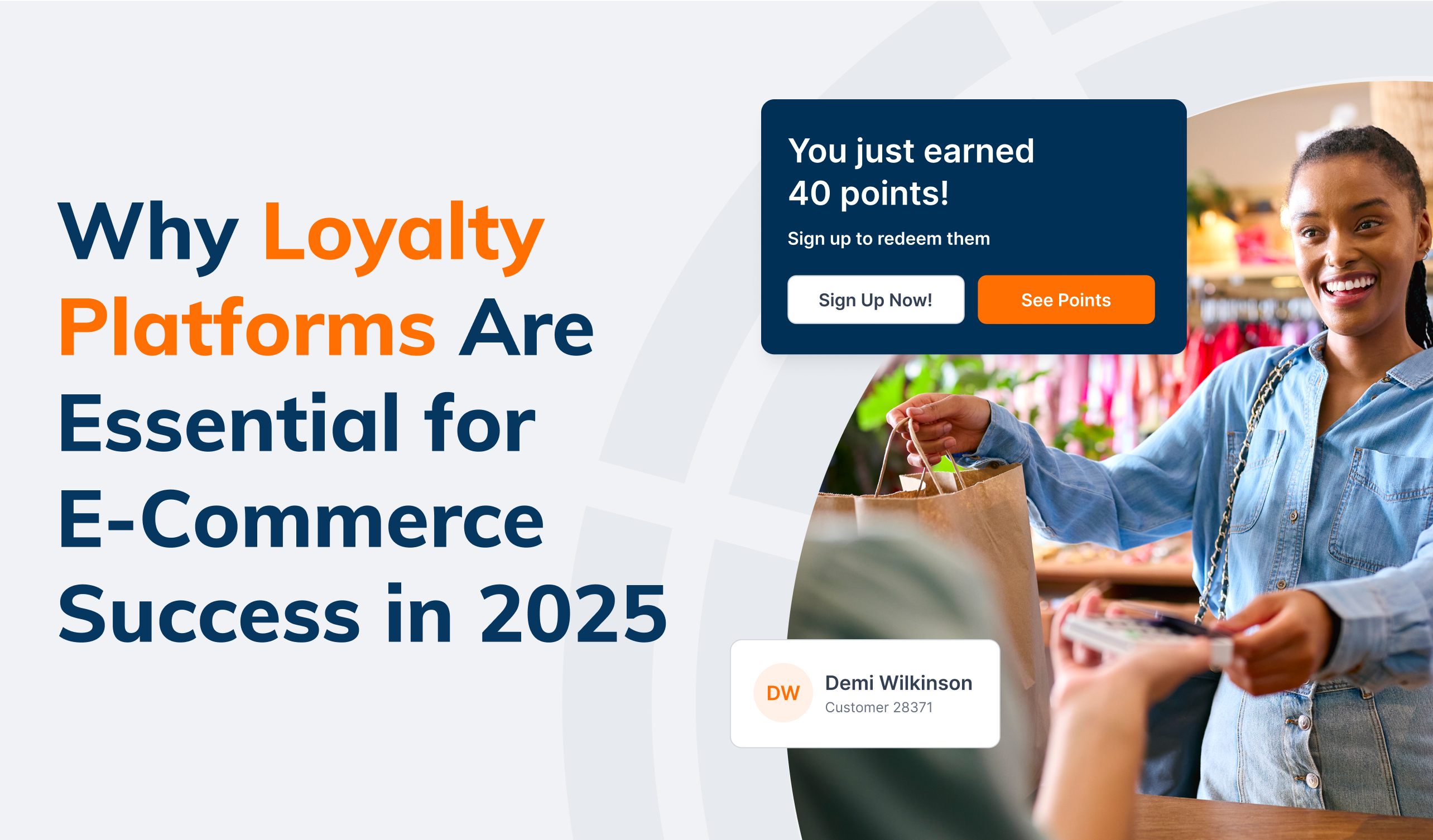The Next Phase for Grocery Store Loyalty Programs

It’s impossible to dispute the effect that merchandising giants like Walmart and Amazon have had on the retail industry, and now with the launch of Amazon Go, Amazon’s very own supermarket, grocers everywhere are wondering what it will mean for the future of their stores. Exceedingly diverse food options as well as highly flexible shopping experiences have also led to a shift in customer expectations.
Increased competition from the big players in the industry is prompting a closer look at the value of grocery store loyalty programs. Shoppers today know that many options exist for filling their refrigerators and stocking their pantries, although in many markets the once weekly haul is giving way to smaller trips to numerous markets and online deliveries.
Current Trends in Grocery Loyalty
Research shows that just twelve percent of customers shop exclusively at a single store. Interestingly, however, other studies reports that 68% of consumers belong to at least two grocery store rewards programs, and 60% of shoppers consider themselves loyal to a particular store.
Women tend to take advantage of loyalty programs more than men: Only about half of male shoppers reported using a grocery loyalty program during the previous three months compared to 65% of female shoppers. All told, it can be acknowledged that for any member of the population, the choice to join a grocery loyalty program is largely motivated by cost savings above any other program or incentive.
A marketer’s ability to understand more about individual shopping habits, personal preferences and even basic demographics are influencing strategies in almost every business today. Grocery loyalty programs, as widespread as they are, must address factors other than price and should be tailored to create a unique customer experience in order to attract new customers and retain existing ones.
Points and Punches and Payments
- The Point System: Perhaps the simplest of all loyalty programs, accumulating points for future rewards is a common and well understood structure. Such programs typically track sales volume in exchange for in-store discounts, shopping specials or additional perks. Tiered point programs offer enhanced rewards at different levels, and some of these loyalty programs employ expiration dates for redeemable awards.
- Punch Programs: Incentives that require a stamp or a punch on a physical card are often difficult to implement and administer, as they rely on a physical card to be present at checkout. The punch program is generally more suitable for other types of retail or for take-out food service, but they can be effective for single location grocery stores in smaller towns or rural areas.
- Membership Cards: Free or nominal-fee membership cards that qualify customers for special product pricing at the point of sale are widely available at nationwide grocery chains. Although largely adopted at large regional grocery store chains, these programs typically rely on cost-savings over personalized rewards to drive the majority of engagement.
- Paid Membership Programs: Fee-based memberships that offer special services do, indeed, build repeat business and increase loyalty to a particular brand. However, the perks for paying an up-front fee must be substantial enough to generate interest and long-term commitment. A paid membership required to even enter some stores including big box retailers like Costco and Sam’s Club, and is credited for enabling them to offer consistently low prices and volume discounts.
While these programs impact customer loyalty, many stores are looking to the experience as a way to establish a special connection with customers. One common focus for grocers today is to address the needs of the time-starved shopper, whether they are a busy parent, dual-income partner, or busy city dweller. Incentives like advanced ordering, drive-through pick-up, curbside delivery, in-store cafes, quick-check-out options, or a broad selection of ready-to-cook prepared selections are only some of the services that will likely become features of an increasing number of grocery stores in the future.
What Lies Ahead?
Grocery is a market destined to see major changes, and not just to their loyalty programs. For individual stores, these changes should be motivated by a greater understanding of the people who browse their aisles. What is most important to them? Are their motivations price or convenience-based? Do they have a family? Where do they live? Are they interested in ingredients or food origin? Do they cook? Have they ever used a prepared meal delivery service? A grocer’s ability to answer questions like these and use them to inform loyalty programs or modifications to their store operations will be a major factor in their future success.



